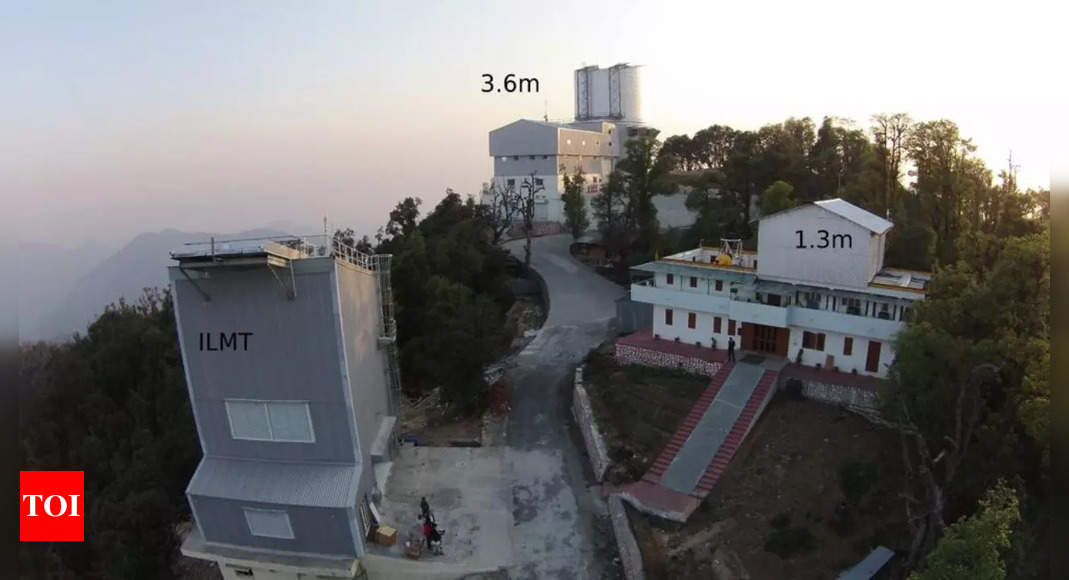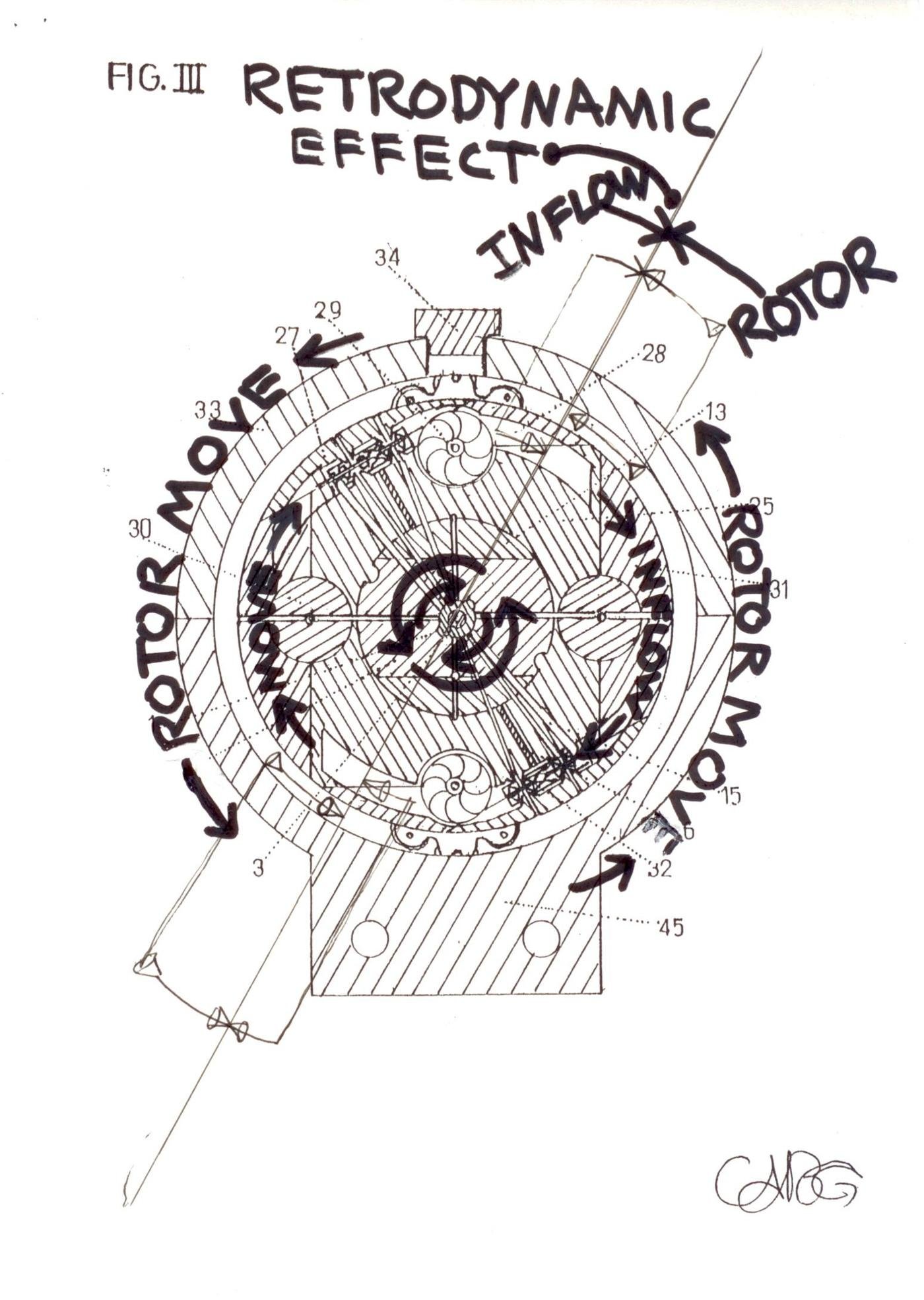India News: In another scientific milestone for India, Asia’s largest 4-metre International Liquid Mirror Telescope (ILMT) was inaugurated at Devasthal in Uttarak.

m.timesofindia.com
Asia’s largest 4-metre liquid mirror telescope inaugurated in Uttarakhand
Asia’s largest 4-metre liquid mirror telescope inaugurated in Uttarakhand
A panoramic view of the Devasthal Observatory campus of ARIES at Nainital
In another scientific milestone for India,
Asia’s largest 4-metre International Liquid Mirror Telescope (ILMT) was inaugurated at Devasthal in Uttarakhand on Tuesday.
After inaugurating the telescope in the presence of Uttarakhand governor Lt. Gen Gurmeet Singh (Retd), Union science & technology and space minister Jitendra Singh said, “Today’s landmark event places India at a different and a much higher level of capabilities to study the mysteries of the skies and astronomy, and to share the same with the rest of the world.”
The telescope is located at an altitude of 2,450 metre on the Devasthal Observatory campus of
Aryabhatta Research Institute of Observational Sciences (ARIES), an autonomous institute under the Science and Technology (DST) department, in Nainital district. The ILMT, which achieved its first light in the second week of May 2022, is now ready to explore the deep celestial sky. The telescope was designed and built by the Advanced Mechanical and Optical Systems (AMOS) Corporation and the Centre Spatial de Lie’ge in Belgium.
ILMT-MIRROR.
View attachment 197844
Top view of the ILMT located at the
Devasthal Observatory of ARIES showing the liquid mercury mirror covered by a thin mylar film
Jitendra Singh said the ILMT is the first liquid mirror telescope designed exclusively for astronomical observations and this is the largest aperture telescope available in the country at present and is also the first optical survey telescope in India. While scanning the strip of the sky every night, the telescope will generate nearly 10-15 gigabytes of data and the wealth of ILMT generated data will permit the application of big data and artificial intelligence/machine learning (AI/ML) algorithms that will be implemented for classifying the objects observed with the ILMT.
Singh said it is primarily the patronage, promotion and prioritisation from PM Narendra Modi that has enabled and emboldened the scientific fraternity to successfully try new initiatives one after the other in the field of science, technology and innovation, which are being rated as world class. Not only PM Modi has given us the motivation to move ahead but also given the freedom to explore hitherto lesser explored areas like space, which has been opened up for private players or India's oceans whose vast resources are waiting to be unfolded, he said.
ILMT-SKY-VIEW.
A colour composite photograph of a small portion of the sky observed with the ILMT through the G, R and I Sloan filters
The minister said the ILMT employs a 4-metre-diameter rotating mirror made up of a thin layer of liquid mercury to collect and focus light. He said the metal mercury is in liquid form at room temperature and at the same time highly reflective and hence, it is ideally suited to form such a mirror. The ILMT is designed to survey the strip of the sky passing overhead each night, allowing it to detect transient or variable celestial objects such as supernovae, gravitational lenses, space debris, and asteroids, the minister added.
He informed that the data will be analysed quickly to discover and discern variable and transient stellar sources. The 3.6-metre telescope, with the availability of sophisticated back-end instruments, will allow rapid follow-up observations of the newly-detected transient sources. The data collected from the ILMT, over an operational time of 5 years, will be ideally suited to perform a deep photometric and astrometric variability survey.
Singh informed that the ILMT collaboration includes researchers from ARIES in India, the University of Lie`ge and the Royal Observatory of Belgium, Poznan Observatory in Poland, the Ulugh Beg Astronomical Institute of the Uzbek Academy of Sciences and National University of Uzbekistan in Uzbekistan, the University of British Columbia, Laval University, the University of Montreal, the University of Toronto, York University and the University of Victoria in Canada.


